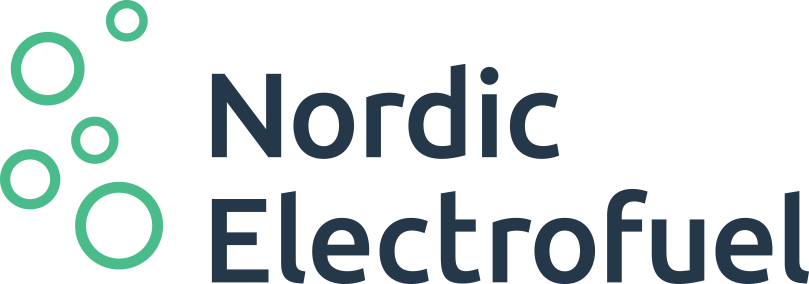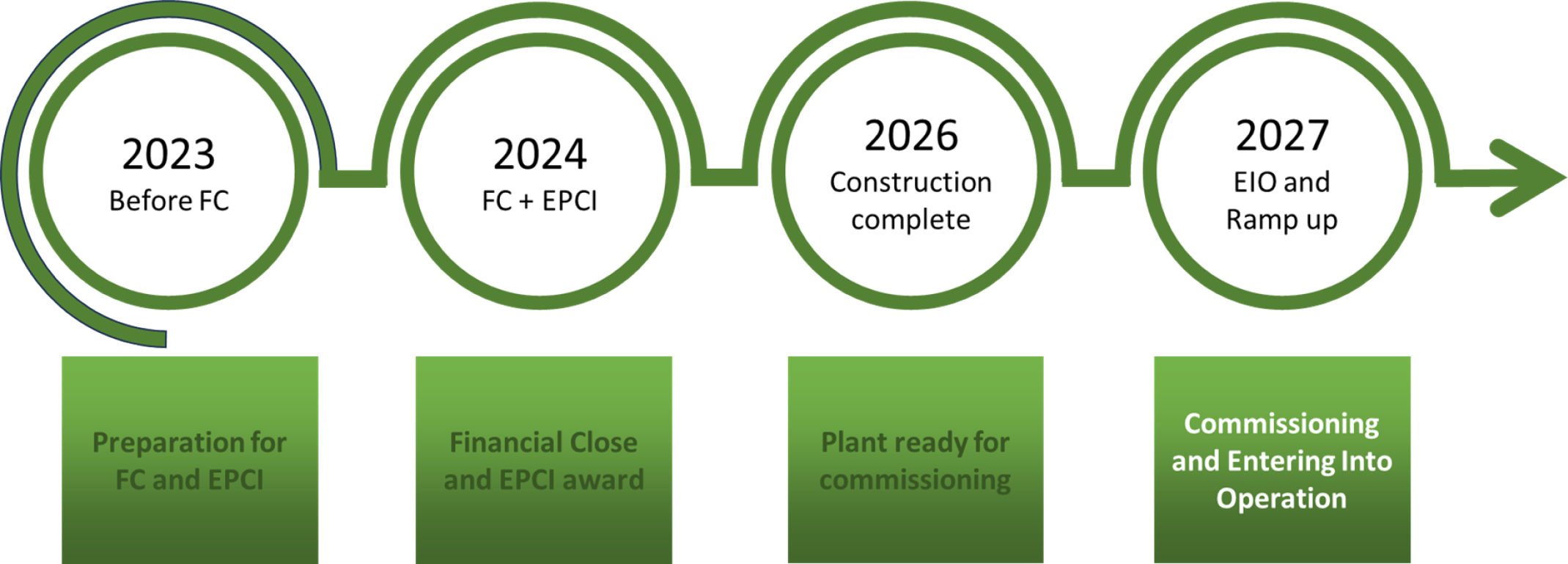Our mission
Nordic Electrofuel will utilize renewable electricity, hydrogen, and CO2 to produce Sustainable Aviation Fuel (SAF). We aim to provide a scalable and viable solution for decarbonizing aviation.
Grant agreement with the European Climate, Infrastructure and Environment Executive Agency (CINEA)
Funded by the European Union. Views and opinions expressed are however those of the author(s) only and do not necessarily reflect those of the European Union or the Emission Trading System Innovation Fund. Neither the European Union nor the granting authority can be held responsible for them.

Plants and projects
Our first plant is located at Herøya Industrial Park in Porsgrunn, Norway. The plant is named E-fuel1 and is designed for a yearly production capacity of 10 million litres of synthetic fuels. This will result in a reduction of the CO2 industrial footprint by 25,000 tonnes annually.
FAQ
What is Nordic Electrofuel?
Nordic Electrofuel (NELF) will produce high quality, carbon neutral,
synthetic fuels, and other fossil replacement products, based on water, carbon dioxide and renewable power.
Synthetic fuels, or electrofuels (e-fuels), are renewable fuels with a lower life cycle carbon emission intensity, that are primarily produced to replace fossil fuels used in the transport sector (such as aviation, road, and shipping).
This fuel is also to be preferred with regards to the greenhouse gas intensity reduction target, as
E-fuel (and electricity,) as an energy source for this sector, is among the least greenhouse gas intensive fuels.
Therefore, this clean fuel is better than (advanced) biofuels, due to their carbon intensity.
Nordic Electrofuel’s objective is to utilise Norway’s rich access to renewable hydropower and CO2 from point source emissions,
for example from the cement industry, waste incineration or biofuel plants, and combine it with advanced technology.
This will enable us to offer carbon neutral liquid electricity at competitive prices.
What are synthetic fuels?
Synthetic fuels, or electrofuel (e-fuels), are fuels produced from hydrogen and CO2 using renewable electricity, and is an alternative to fossil fuel in machines, tools, and industrial products. It is a term for synthetically produced hydrocarbons that use renewable electrical energy.
How does the capture of carbon work, and why is this important?
As part of the production process, Nordic Electrofuel will capture CO2 that would otherwise be released into the atmosphere. Electrofuel must capture carbon from the atmosphere and biomass eventually, but in order to get started without a too high cost, fossil CO2 (which is emitted anyway) must be used first. With further development of the technology, we expect to also be able to capture CO2 straight from the air. In other words, reusing the existing CO2.
Nordic Electrofuel has had an independent Life Cycle Analysis (LCA) report carried out by the renowned agency Carbon Counts. The report shows that e-fuel has a CO2-avoidance of 87,2%. This accounts for refining and transporting the product, which is similar to that of fossil products. When adjusting for that factor, the product is 100% carbon neutral.
Companies emitting fossil CO2 are still subjects to the CO2-tax and will therefore have a large incentive to reduce their emissions, regardless of whether the CO2 is used for electrofuel or not. As long as there are point sources for CO2, it will be a waste of energy and resources to capture the CO2 only after is has been released into the atmosphere. Metal production is currently utiling fossil coal as a reducing agent, but work is underway to switch to biochar, which will provide electrofuel with biogenic CO2.
Is e-fuel carbon neutral?
We aim to create a product that contributes to net zero-emission solutions. Especially within sectors having difficulties being electrified. Nordic Electrofuel works to produce carbon neutral, synthetic fuel from renewable energy and CO2 capture.
Why choose e-fuels instead of electricity?
Large consumers of fossil fuel, such as air planes and large ships, will not become fully electrified overnight, due to a significant need of battery capacity. Therefore, we need a realistic plan regarding how heavy transport can cut emissions. E-fuel is an alternative to help decarbonise several sectors where other emission-free alternatives are not yet available.
Also, in order to utilise a vast renewable electricity potential from non-grid capacity areas, e-fuels production on such electricity might be a very attractive solution.
Why choose synthetic fuel?
Battery technology of the scale needed to power larger vessels or aircrafts does not yet exist. Synthetic fuel can be used in internal combustion engines that are already in operation. This is a great advantage, and the fuel can be sold where you currently fill up with petrol and diesel.
Where will Nordic Electrofuel produce e-fuels?
Nordic Electrofuel will build the world’s first commercial power-to-liquid jet fuel plant at Herøya in Porsgrunn, Norway. The plan is to start production of carbon neutral fuel in 2027. This will create a new profitable green industry and generate new jobs in Norway.
We also plan to build several similar plants. The company works proactively to secure available power, water, CO2, and acreage in Norway in order to deliver on its ambitious growth plan.
What are the goals for the volume production Nordic Electrofuel will achieve?
Nordic Electrofuel aim to have a capacity of 10 million litres annually from our first facility. After that, facility number two will have a capacity of 45 million litres of annual production. After that, our next plant will have a capacity of 200 million litres of annual production. Then our development plan and ambitions are to have a capacity of 1 billion litres in 2033.
How innovative is this project?
The project is highly innovative in the following aspects:
– It will be the first industrial e-plant for production of synthetic liquid hydrocarbon-based fuel (as opposed to power-to-gas and power-to-methanol) from CO2, water, and renewable electricity.
– The conversion of CO2 to CO is done in a novel catalyst-free reactor that is more efficient, has lower Capex and Opex, is more reliable, and improves simplicity in design, manufacturing, and operation.
– Using electrolysers that produce pure oxygen, as opposed to SOEC where oxygen must be diluted to avoid rapid material degradation, for sales and in the syngas-process to partially oxidise Fischer-Tropsch tail-gas to get required heat and to avoid coking problems.
– Using tubular fixed bed electrolysers from emerging fuels technology that have recently demonstrated greatly improved heat transfer with proprietary heat transfer inserts. This gives extremely high productivities in larger tubes. Larger tubes reduce weight, cost and loading time.
How much energy is needed to produce synthetic fuel?
For production of the carbon neutral fuel, we need over 10 TWH to reach the 1 billion litre annual production. This is a moderate calculation, and we naturally have ambitions to cut energy consumption further as this technology develops. The annual power surplus in Norway is between 10 and 20 TWH.
We also believe there is a potential for reduced electricity cost and use due to increasing surplus of renewable electricity from wind and solar energy, and energy saving measures in buildings and industry. We know that more renewable energy is needed to power the green shift, and we believe that we, as a company, can be instrumental in the future development of wind power capacity in Norway. Renewable power represents more than 65% of our OPEX and we would benefit from having secured as much of this feedstock as possible, along with grid capacity. Therefore, we established a subsidiary, Nordic Wind AS, which main activity will be to develop wind power plants. In 2023, Nordic Wind was sold to Fu-Gen AG. The acquisition agreement includes future commercial options for Nordic Electrofuel, as well as options for co-ownership in the wind farms.
How will e-fuels be a part of solving the climate crisis?
Technology and industry must be developed as quickly as possible, to produce solutions that are significant. E-fuel is a carbon neutral fuel that can speed up the transformation to greener alternatives. Investments and market advantages are now strongly fed towards electrification and the use of sustainable fuels. We are very excited to be amongst the first movers in this push to reduce carbon emissions from aviation and shipping.
The battery technology is evolving fast. Why do we need e-fuels when we can use batteries?
E-fuel helps decrease emissions right now. We know there are sectors that will have problems with a conversion to battery technology on short notice. To speed up the green transformation, e-fuel is an environment friendly option that will contribute to the zero-emission goal.
Is e-fuels an important part of the green transition for the transport industry?
In a new energy mix, we will need all new solutions. The technology is developing fast. Both for e-fuel and other technologies. We believe that need all tools to fight climate changes. E-fuel is one of them.
Is synthetic fuel advantageous for the environment when it emits large amounts of CO2?
It is not true that synthetic fuel emits large amounts of CO2. All energy involved in making synthetic fuel comes from renewable sources. Synthetic fuel will replace and close the gaps in our energy system, where fossil energy is the only alternative today. There will be less emissions from e-fuels than fossil fuels.
How does Nordic Electrofuel work to achieve the climate goals set by EU?
As a part of the FIT for 55, the plan on how EU can reduce emissions by 55 percent before 2030, requirements have been stated for airlines to refuel with sustainable alternatives. Hence, e-fuels will be important to reach the FIT for 55 goals within jet fuel.
The new legal framework proposed by the EU sets a gradually increasing minimum target of sustainable aviation fuels provided at EU airports of 2% by 2025 which will increase to 70% by 2050. Of this, a separate blend in requirement for synthetic fuels/e-fuels was set at 1.2% by 2030 which will increase to 35% by 2050. The obligation to provide sustainable aviation fuels is put on fuel suppliers, while the obligation to provide airports with corresponding infrastructure is put on the airports.
Carbon neutral fuel is a way to decarbonise the aviation industry, and will be followed by incentivises to increase the uptake of synthetic fuels in the aviation sector to reach the mandatory targets.
In addition, when e-fuels are included in regulations for renewable fuels in the EU, it will become competitive in markets with access to affordable hydropower, such as in Norway.
How are non-EU countries working towards sustainable aviation fuel (SAF)?
The Biden administration have presented several measures to reduce CO2 in the aviation industry. By 2030, the goal is to produce 3 billion liters of SAF and reduce emissions by 20 percent. To achieve this, the Biden administration have said they will arrange financial support of around USD 4.3 billion.
How can people be ensured we are choosing the best solutions for the climate?
Technology and industry must be developed as quickly as possible. All initiatives should be considered, and as the climate problem develops, the best solutions must be given priority. We need ways to talk objectively about alternatives to avoid discussions based on emotions and perceptions. Nordic Electrofuel suggest using the ABCD-model to ensure such a framework.
The ABCD-model ensures objective assessment, with the goal of considering different alternatives in an objective way.
Abatement CO2 (reduction) – How much less carbon ends up in the atmosphere?
Before rather than later (urgency) – How fast can the solution be implemented?
Costs of abatement (cost) – What does it cost, based on the entire investment chain?
Development of volume (volume) – To what extent is it the volume that matters?



